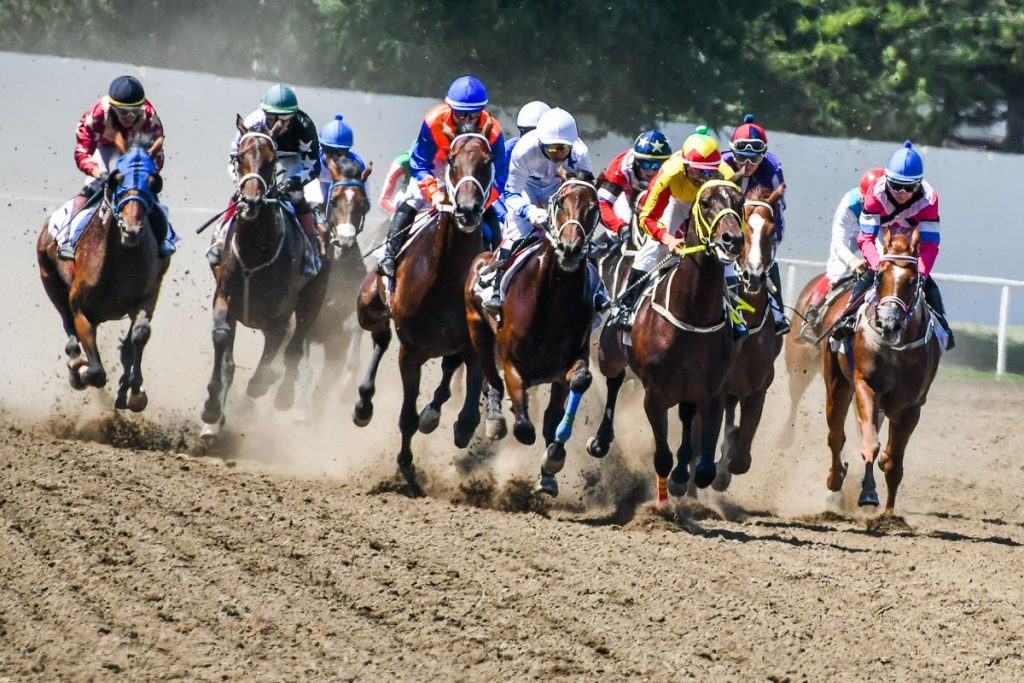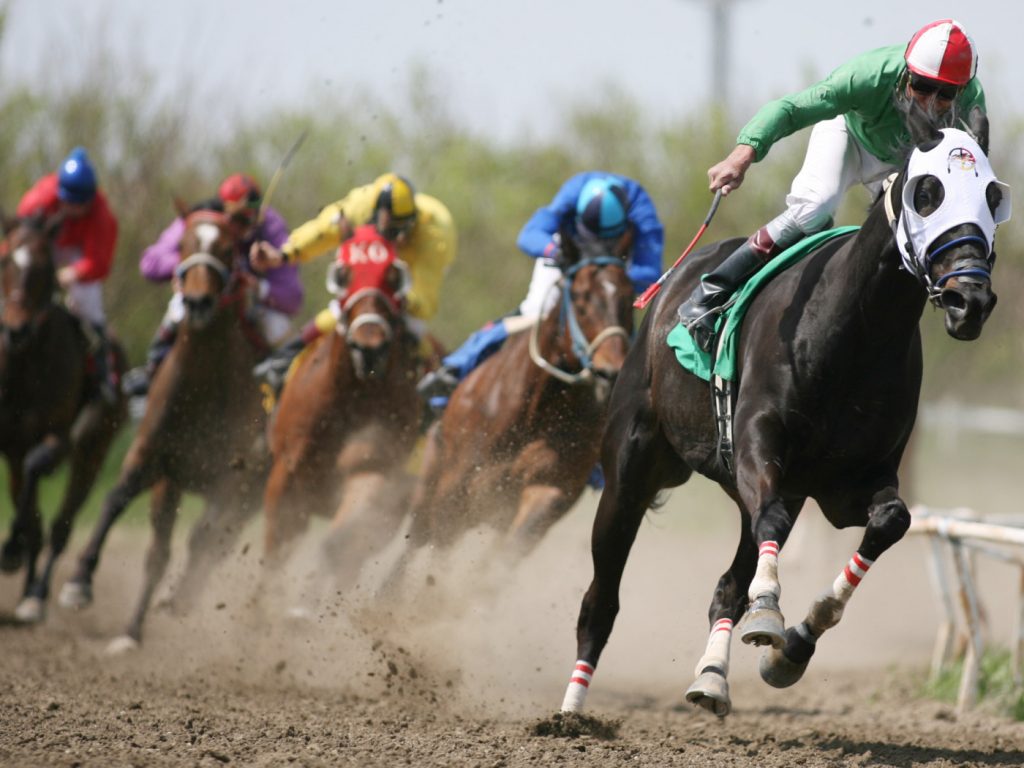As we explained in our guide to the regulator-approved horse racing and betting sites (the ANJ), it is very important to understand the basics of horse racing betting if you want to bet optimally on horse racing.
Horse racing betting is a very popular and… lucrative business, not least because players often make rookie mistakes. We wish this wasn’t the case for you. And don’t forget: have fun and enjoy betting on the turf. That’s the most important thing!
How to bet on triples in horse racing?
If there is one type of horse racing bet that fascinates players, it is tiercés. In fact, this term is familiar to most people, even those who have never bet on horse racing. Particularly popularised by PMU at a time when there was no real competition, the principle of tiercé is simple: guess the first three finishers of a horse race. And in most cases – even if guessing in order is necessarily more lucrative – guessing out of order can also earn you money.
Example of a trifecta in horse betting: You bet on horse numbers 1, 3 and 6 in a race at the Vincennes racecourse. The final result (the music!) is 3-6-1. You win the ‘messy’ trifecta if this was included in your trifecta bet.
How to bet on the quintés + in horse racing?

The quinté + is a little bit like the famous jackpot slot machines that allow you to win huge sums of money in a single bet. The principle is simple: guess, in the correct order, the first 5 horses of a specific race (often played on Sundays). In this case, you could win up to $100,000 on some sites. As you can imagine, it is statistically very difficult to achieve such a performance and sites like Unibet still give you winnings if you guess the first 5 in the wrong order, the first 4, etc. Always check the conditions of a quinté + before committing yourself. And never bet sums that you cannot afford to lose.
Example of a five-horse race in horse betting: you bet on the famous Grand Prix d’Amérique and guess the top 5! With just a $2 bet, you could win 50,000 times more!
How to bet on single bets in horse racing?
More traditional and easy to understand than trifectas or quintas, single bets are similar to the more traditional sports bets. Even though the betting odds here are necessarily lower, you simply bet on the winner of a horse race. Please note that it is important to differentiate between a winning single bet – which is only placed on the winner of the race – and a placing single bet – which allows you to win if your horse finishes in the top 2 or top 3 (depending on the number of horses entered).
Example of a winning single bet in horse betting: You place a bet on ‘The Grand National’, the most famous horse race in the UK. You decide to bet on the horse protected by the Queen of England herself (who is an avid turf enthusiast, as you can see in the great series “The Crown”). The horse finishes in second place, you lose your bet. If you had made a single place bet, you would have won.
How do you bet on coupled bets in horse racing?

Coupled bets are also differentiated between the winning coupled bet and the placed coupled bet. In the first case, you have to guess the first two horses, without their order of finish being important. In the second case, which is easier, you try to guess two of the three horses finishing in the first three positions. This type of bet is much less common but still quite popular, especially on a site like Betclic.
What are the most popular side bets in horse racing?
As you might expect, there are almost no limits to the number of side bets on horse racing! In this regard, we advise you to read the guides offered by horse betting sites if you are unsure of yourself. The one from PMU for example is really excellent. And if we had to mention only 3 secondary horse bets, it would be the following:
- The 2/4: even if the odds are relatively low, the aim here is to guess at least 2 of the 4 horses finishing in the first 4 positions, quite simply.
- Couples and quintés: these are the equivalent of tiercés and quintés but, of course, for 2 or 4 horses.
- The multis: here, the turf site suggests you guess the horses finishing in the “x” first positions, in no particular order.